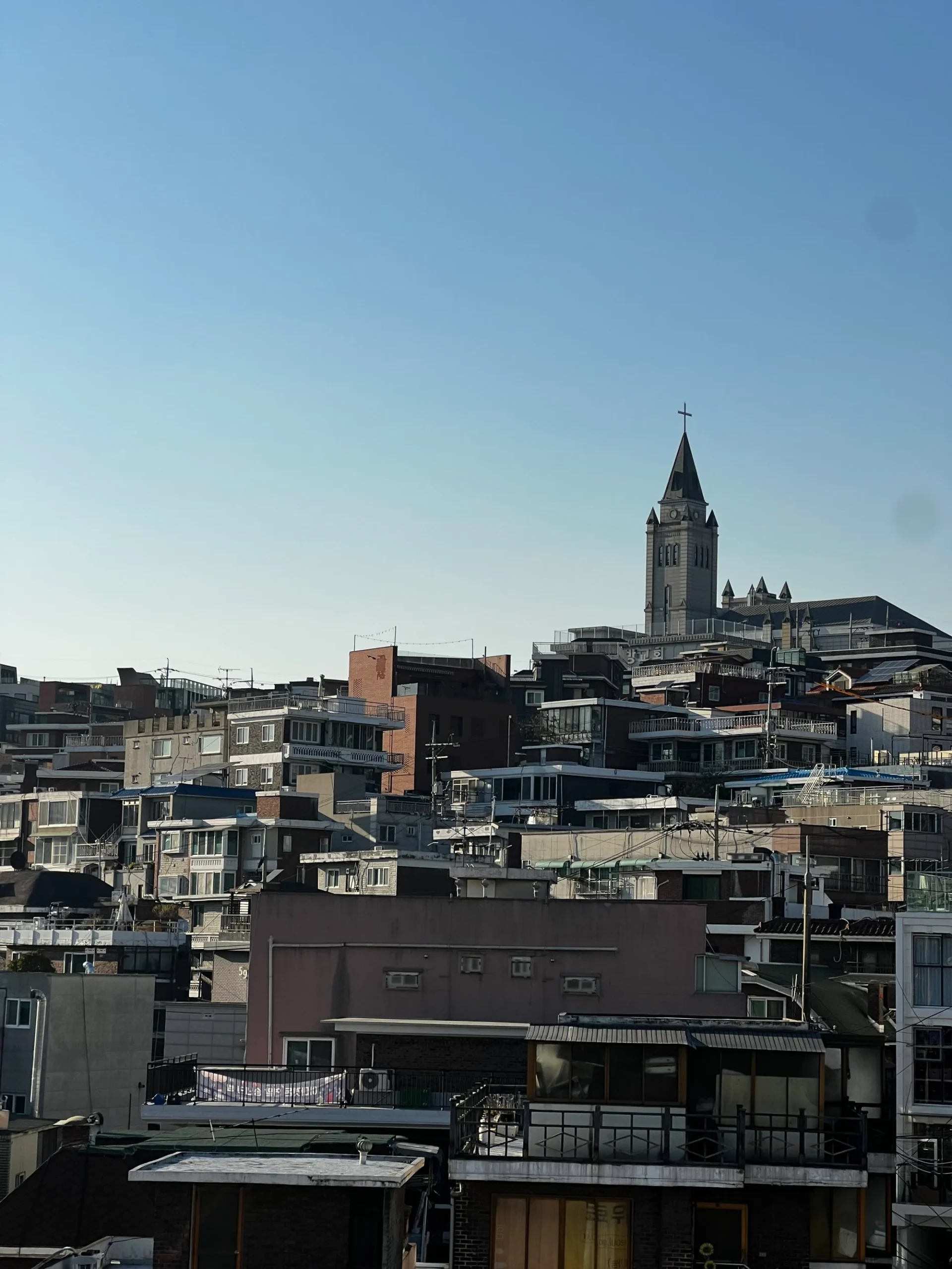Haebangchon, nestled at the base of Namsan Mountain in Seoul, South Korea, has undergone a remarkable transformation from its post-war origins to becoming a dynamic, multicultural hub. This district, rich in history, once provided refuge to displaced North Koreans and other migrants during tumultuous times in Korean history. Today, Haebangchon stands as a testament to resilience and cultural fusion, balancing its poignant past with a lively present.
Originally a shanty town formed by Koreans fleeing the aftermath of Japanese colonization and the Korean War, Haebangchon, meaning “Liberation Village,” was a symbol of a new beginning. The district’s evolution over the decades mirrors South Korea’s own journey from war-torn poverty to economic prosperity. In the 1960s, Haebangchon residents, mainly comprising North Korean Christians, started small-scale businesses, notably in the knitting industry, selling their products at nearby Namdaemun market.
The 1970s marked the beginning of Haebangchon’s urban redevelopment, accelerating in the 1990s with the demolition of many original shanty homes. This period also saw a significant influx of Americans, primarily due to the proximity of the United States military base in Itaewon. This led to the establishment of various businesses catering to the expatriate community, with Haebangchon gradually evolving into a gastronomic destination known for its Western cuisine offerings along Shinheung-ro.
Despite its modernization, Haebangchon retains the characteristics of a traditional Korean “moon village” (Dal dongnae), perched on higher terrain, symbolizing the historical economic divide. These areas, often featured in Korean dramas like “Fight for My Way,” represent the struggles of the less affluent. Today, the steep slopes of Haebangchon’s upper section remain predominantly residential. The neighborhood’s charm lies in its unpretentious atmosphere, where scenes of everyday Korean life unfold amidst small houses and narrow alleys.
Haebangchon’s cultural landscape is further enriched by its independent bookstores, vintage lifestyle stores, and unique cafes, such as Namsan Arae, known for its traditional Korean teas and panoramic city views. Despite the neighborhood’s development, challenges remain, such as limited public transportation. The “Yongsan 02” minibus is the primary mode of transport, winding through Haebangchon’s narrow streets, a reminder of the area’s ongoing need for infrastructural attention.
From a makeshift settlement to a thriving, diverse community, Haebangchon’s journey reflects the resilience and adaptability of its residents. It stands as a microcosm of Seoul’s broader evolution, merging its historical roots with contemporary urban life, continuing to evolve while honoring its past.
READ MORE:
